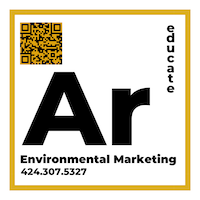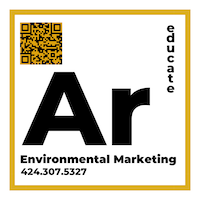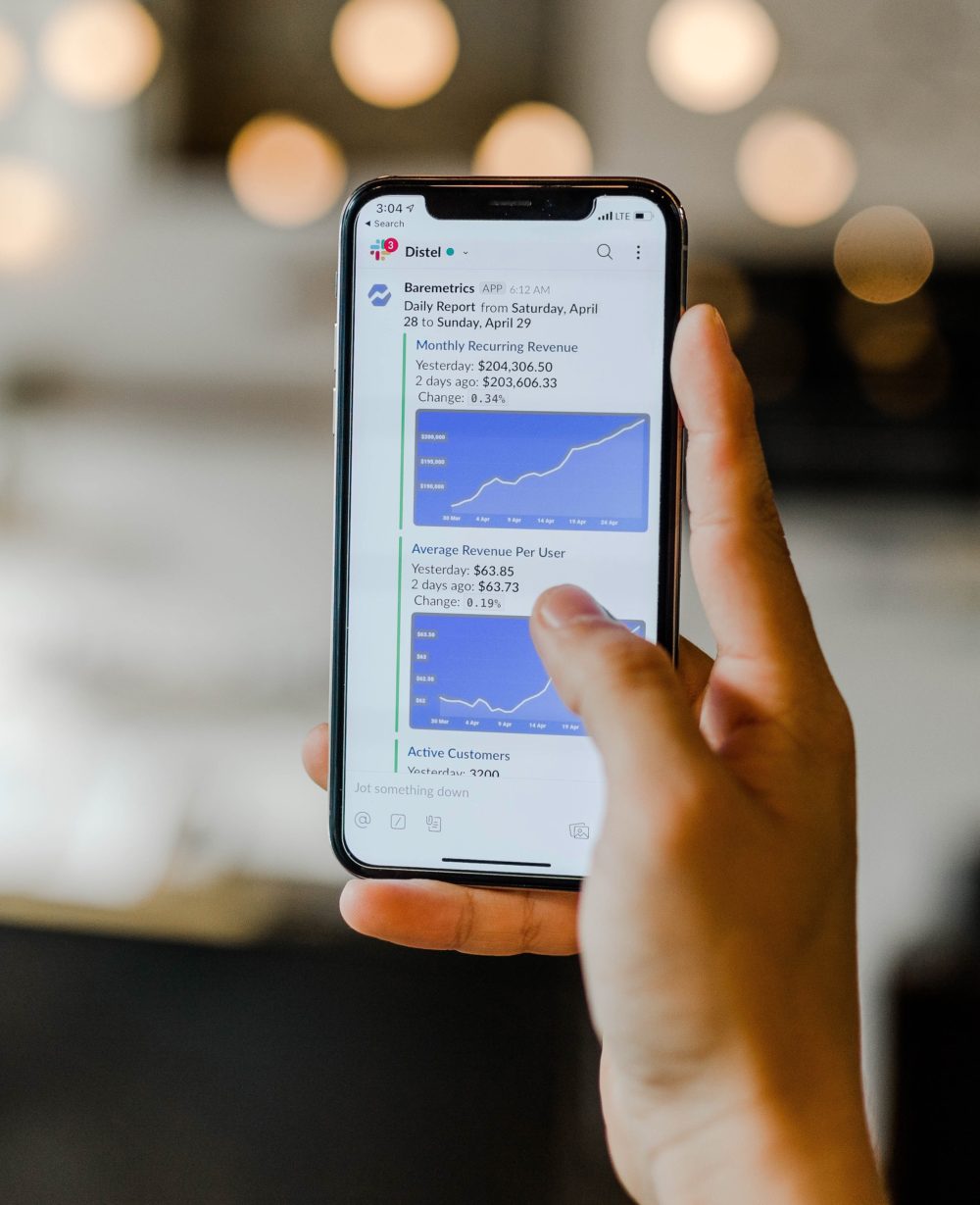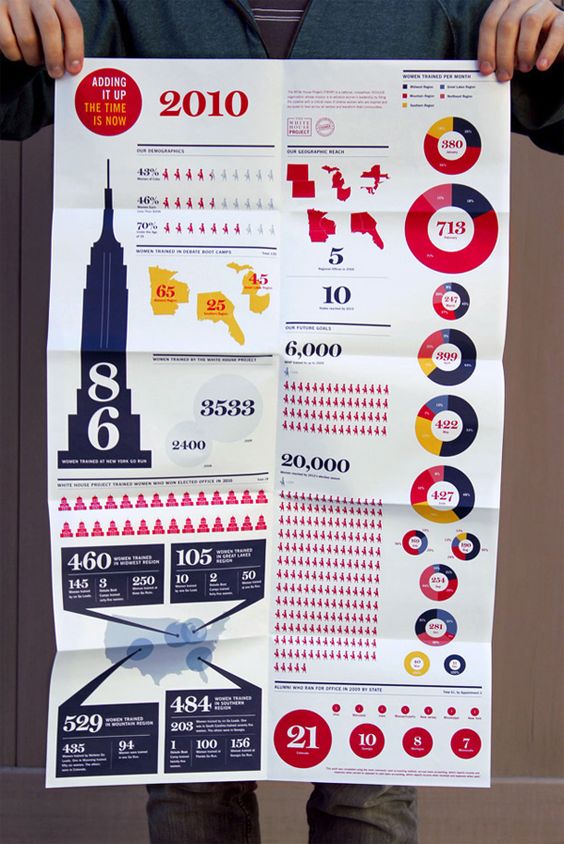5 Steps To Grow Your Law Firm By Leveraging Your Unique Content
What Niche Marketing Means for Law Firms. Before spending thousands and thousands of dollars on Ads and SEO, consider focusing on your niche first. I know, I know, you see the word marketing and you think dollars signs and lots of them, but this does not have to be the case. My goal is to give you 5 wonderful ideas you can start today, to get yourself and your practice noticed beyond standard ads. Focusing on your niche, brand, and content can be a very inspiring and creative process for yourself and the amazing people you serve. This is how you become a known and trusted attorney in your field of law.
Niche Marketing. Setting your sights on specific types of clients sets you apart from your competition. The days of attorneys handling many areas of law are quickly fading. In order to thrive in this saturated field, you want to focus all your efforts on a targeted area of practice. You want the right followers, readers, clients, and quality referrals. Executing a niche marketing plan will allow you to attract the best-suited audience every time.
Why Niche Marketing is Different. Your audience has already searched for general information on their issues or concerns, so there is no need to provide general content. Having a niche gives clarity in exactly what you do, so it saves the clients time in figuring out if you are even able to take on their type of case. It saves you time from getting those referrals that you send to the other attorneys in your contacts. Thanks to Google, by the time they have contacted you, they already know what you do. They found you because you provided the right content they needed. They read your blog and watched your short video, and that was enough to convince them that they want to work with you.
Here are 5 Key Ways to Showcase your Practice:
1. Brand yourself as an Expert. Now that you have developed your niche, the ‘coming of age’ so to speak of developing your brand has arrived. Work with your content strategist to develop your fonts, colors, and a logo that represents your focus, and always be sure to maintain a consistent voice and tone. Brand yourself as an expert and industry leader through your content. The resources that you produce and share will be useful and answer the questions that your audience is researching.
There are not many attorneys with a slogan, so this is all the more reason to have one. Slogans are creative, fun, and designed to make you memorable. This may seem trivial but slogans are inspiring and stand out, so why not add this to your brand?
2. Niche Content. Creating your content around your niche means everything when marketing your firm, as content is a crucial ingredient for attracting new clients. Creating effective, highly targeted content will always attract the right leads, clients, and referrals.
Content is the most important marketing factor for the successful and stable growth of your law firm. The content you create and share is how people educate themselves before deciding to contact you to be their attorney. Creating resources, data, and education such as videos, infographics, white papers, articles, and blogs consistently is the way to engage your audience and support your audience’s research process. Blogs are an excellent way to brand yourself as an industry expert while informing your potential clients.
Have fun creating that amazing content focused on your niche. You have so much to give, so put it out there to drive the right audience to your website. Don’t underestimate Newsletters, it is a nice way to stay in touch with past clients, current clients, and gives readers the option to stay informed about news in your field of law and the amazing work you are doing within it. It also helps generate more leads and referrals as useful and informative newsletters are shared and forwarded often.
3. Leverage Your Website. Your website should not be a stagnant place. Having a website site that isn’t constantly updated with useful material, is like purchasing investment property but having no renters. Creating a specialized and well-organized website will drive traffic and increase your overall web ranking. Strategically placing clear, useful and helpful content that is niche focused will create more conversions on your website. Remember this is the first impression for people looking for services, so make it memorable! Here are some tips:
Landing Pages with targeted keywords attracts the right clients. Landing pages are also an excellent way to measure what content is working.
Create a virtual space for your audience to seek refuge. Come up with a list of therapists and support groups to help your clients get through those difficult situations.
Create a Data Dashboard! Create a dashboard on your website that informs your audience of live updates about interesting and relevant data like this data dashboarded created by Al Jazeera. This keeps your website interactive, unique, constantly updated with important and live information and proves your dedication.
4. Where to market your niche content? In a niche place! Where you deliver your content needs to be niche focused to attract the right audience. Carefully build trust with your readership and clients with your specialized content.
Choose carefully:
What channels are you showcasing your content on?
Who are you distributing your content to?
Who are you sharing your content with, and in what groups?
Could you be offering legal analysis to local reporters to become an authority on a specific topic?
What are some choice platforms you could lend your expert voice to?
5. Go Full Circle. Philanthropic work is great marketing. Pro-bono work is great PR. You can show visible case history and position yourself as a leader in your field of law.
Join the boards and associations that your clients are a part of. Ask your clients what groups and organizations they belong to. Get on the board of these groups; volunteer with offering your specialized skill set. Pick one organization or group and spend some time being helpful.
There are so many exciting ways to start or add to your marketing ventures. Start small if your budget is small. Ask me for advice. Follow our blogs, our posts, and sign up for our newsletter. I want to see you succeed and make this world a more wonderful place.
[su_button url=”mailto: christina@armarketinghouse.com” background=”#dcae1d” size=”5″ center=”yes”]Get an Educational Content Marketing Quote![/su_button]
Grow Your Audience! Grow Your Practice! Your practice is amazing and is making the world a better place. Why not spread your need for justice to the right people who need your help and support?












